#galleria raffaello
Explore tagged Tumblr posts
Text






#galleria borghese#italian art#italian painter#italian renaissance#renaissance#renaissance art#caravaggio#raffaello sanzio#raffaello#renaissance aesthetic#renaissance painting#paintings#love#art#beauty#aesthetic#rinascimento#arte rinascimentale#rinascimento italiano#pittura#quadri#mailmiocuoredipietratremaancora
6 notes
·
View notes
Text
Photography of the Day - Details #3
Details, again. This time coming from the Galleria Nazionale d’Arte Moderna (National Gallery of Modern and Contemporary Art) in Rome, at Golden Hour. Details at Golden Hour – Photo by Raffaello Palandri

View On WordPress
#Architectural Photography#Architecture#color photography#Colour Photography#Galleria Nazionale d&039;Arte Moderna#Golden Hour#photo#photo of the Day#photography#Photography of the day#POTD#Raffaello Palandri#Raffaello Palandri photography#Roma#Rome#travel#travel photography
10 notes
·
View notes
Text

RAFFAELLO Sanzio Study for the Holy Family 1518 Red chalk over stylus, 336 x 214 mm Galleria degli Uffizi, Florence
52 notes
·
View notes
Text
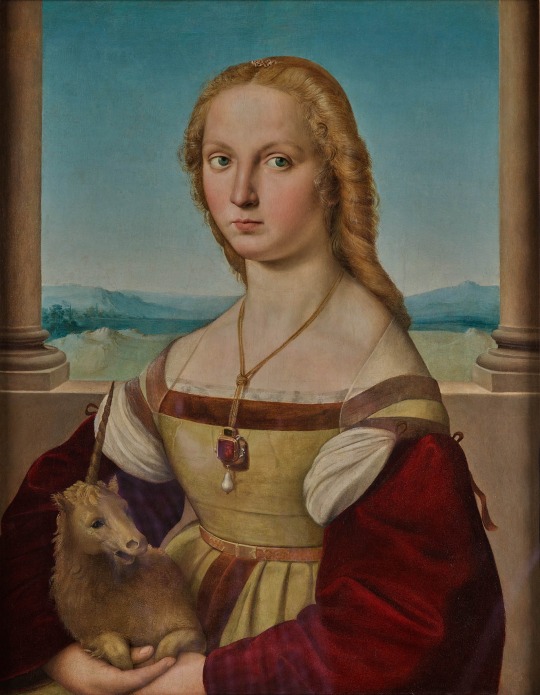
Oil painting, ca. 1504-1508, Italian.
Portraying a woman in a yellow and red gamurra.
Painted by Raphael.
Galleria Borghese.
#galleria borghese#yellow#red#dress#painting#1504#1500s#1500s painting#Florence#1500s Italy#Italy#1500s dress#Raphael#gamurra#silk#16th century
99 notes
·
View notes
Text



SENSI DELL'ARTE - di Gianpiero Menniti
LA POTENZA DELL'IMMAGINE
Forse in pochi ne sono al corrente: a Vibo Valentia è custodita, nella casa comunale e precisamente nella stanza di rappresentanza del Sindaco, un dipinto di pregevole fattura e di notevole rilevanza storico-artistica.
Si tratta del "San Sebastiano" ascritto al pittore messinese Gian Simone Comandé (1558 - 1630) per attribuzione dello storico dell’arte calabrese e ricercatore insigne, Mario Panarello, nel suo corposo contributo al saggio “I dipinti e gli inventari di Francia e altri inediti documenti per il collezionismo nella Calabria del Settecento e dell’Ottocento: Cosenza e Vibo Valentia”.
Come rammentato dallo studioso, il quadro si rivela analogo a “una nota iconografia del Sodoma (Antonio Bazzi, 1477 - 1549), oggi nella Galleria Palatina di Firenze” meglio conosciuta come Palazzo Pitti.
Il raffronto della tela "vibonese" con l'opera assai celebre del "Sodoma" è impressionante: non si tratta di mimesi ma di una comparazione interpretativa "a distanza".
Il "Martirio di San Sebastiano" (risalente al 1525 - 1527) è, in realtà, un gonfalone per le processioni, richiesto al famoso artista di origine vercellese naturalizzato senese (ritratto nella Scuola di Atene accanto allo stesso Raffaello) dalla Compagnia di San Sebastiano in Camollia della città toscana.
Il potere salvifico della rappresentazione era dunque molto sentito: un'icona, una sorta di talismano, un'immagine dalla potenza guaritrice.
L'opera del Comandé apparteneva invece alla Chiesa del Carmine a Vibo Valentia, dove prima insisteva, appunto, la Chiesa di San Sebastiano e la confraternita del santo: “In essa chiesa antichissima - scrive Bisogni - c’era dipinta l’immagine di S. Sebastiano di Simone Comandia siciliano”.
Probabilmente anche quest'immagine doveva rivestire un valore di fede intenso e diffuso: non a caso, nei pressi della chiesa sorgeva (esistente tuttora) il caratteristico borgo denominato San Sebastiano nel centro storico della città.
Premesse fatte a richiamo sommario del significato che accomuna le due immagini.
Ora si tratta adesso di confrontarne la "potenza" nell'impatto sull'osservatore.
E qui l'allievo, a mio parere, supera il maestro: non ho dubbi che la tela del Comandé (fotografata magistralmente dal Maestro Tonio Verilio) s'innalzi a un livello di pathos molto più profondo, vissuto nella consapevolezza del martirio e in un'angosciata fede ormai piena e intensa.
Possiede già il nimbo, al contrario ancora tra le mani dell'angelo nel dipinto del Sodoma.
Ma quel che più conta è lo sfondo: il San Sebastiano di Vibo è opera che risente più marcatamente della lezione vinciana, delle apocalissi che sorgono alla vista per consumare il tempo delle cose create, dell'invisibile che cela l'archè, la forza primigenia, la terra strappata al suo manto di luce per essere gettata nella desolazione della materia.
Nella tela del Sodoma, la natura benigna e il mondo degli esseri umani proseguono il loro corso immemori del sacrificio.
Qui l'evento assume connotazione epocale.
Lì il corpo attende lo spirito.
Qui il corpo è già spirito.
È già Chiesa.
La matrice, nonostante la vicinanza mimetica, è divergente: l'opera del Sodoma appartiene a una storia ancora ingenua dei catastrofici mutamenti che devasteranno l'Europa delle guerre di religione, pur trovandosi sulla soglia del "Sacco di Roma", non può prevederne le conseguenze; il dipinto del Comandé, allievo del "Veronese" che dipinse una strepitosa "Ultima cena", risale alla fine del '500 inizi del '600, in piena controriforma tridentina (1545-1563) mentre già agisce il Caravaggio e il Barocco sta per avvitarsi sulle spoglie di un confuso Manierismo.
Immagine potente, evocativa, consapevole.
Non è la morte il destino immediato del martire trafitto dalle frecce: egli patirà la violenza brutale che l'ucciderà proprio per essere sopravvissuto al primo atto crudele.
Ma quella guarigione imprevista rimane il segno dell'impossibile, la rinascita oltre ogni drammatica condizione, la forza che respinse il motto rinascimentale albertiano, vinciano e infine machiavelliano del "tamquam Christus non esset", "come se Cristo non fosse mai stato".
No, il cristianesimo riemerge dalle sue paludi cinquecentesche per confermare la regola benedettina: "Omnes supervenientes hospites tamquam Christus suscipiantur", "Lasciamo che tutti gli ospiti che vengono siano ricevuti come Cristo".
Questo, forse, è il significato più autentico del San Sebastiano di Vibo Valentia.
9 notes
·
View notes
Text
Firenze

La nascita di Venere (The birth of Venus), 1485 ca. (Uffizi, Firenze) | Sandro Botticelli (1445-1510, Italia)

Venere di Urbino, 1538 (Uffizi, Firenze) | Tiziano (1488/90 - 1576, Italia)

Tuscany is a dream | Vincenzo Sguera (1950, Italia)

L’enigma di un pomeriggio d’autunno (The enigma of an autumn afternoon), Piazza Santa Croce, Firenze, 1910 | Giorgio de Chirico (1888-1978, Italia)


David, 1501-04 (Galleria dell’Accademia, Firenze) | Michelangelo (1475-1564, Italia)

Studio, 1930-35 (Accademia d’Arte, Montecatini Terme) | Galileo Chini (1873-1956, Italia)

Il villino Benvenuti, 1900-05 | Raffaello Gambogi (1874-1943, Italia)

Pietà Bandini, 1547-55 (Museo dell’Opera del Duomo, Firenze) | Michelangelo (1475-1564, Italia)
5 notes
·
View notes
Note
Heyyia Claude! 🥰
Ho bisogno de tu ayuda con una mia fic...Qual è per te la città più romantica della Toscana? E che tipo di attività possiamo fare allí?
Better ask first someone native then go look in articles or something...Seems more legit that way! :D
[Ignore the obvious Spanish I left there... 🤭]
Ciao! 🥰
Coucou, Red! Merci de ton patience 🩷 et pour ton ask!
I'm going to answer in English, maybe it can be useful for other people as well! I'm always happy to talk about my region, i love it so much, so thank you again for asking my recs!
I think it depends a lot on the vibes that you are looking for. I will give you an overview of different options, i hope that they can be inspiring. If there's something you like, i can go more into detail! Let me know if i can be of help with anything!
তততততততততততততততততততততততত
If you and your characters love art, Florence is an amazing city.
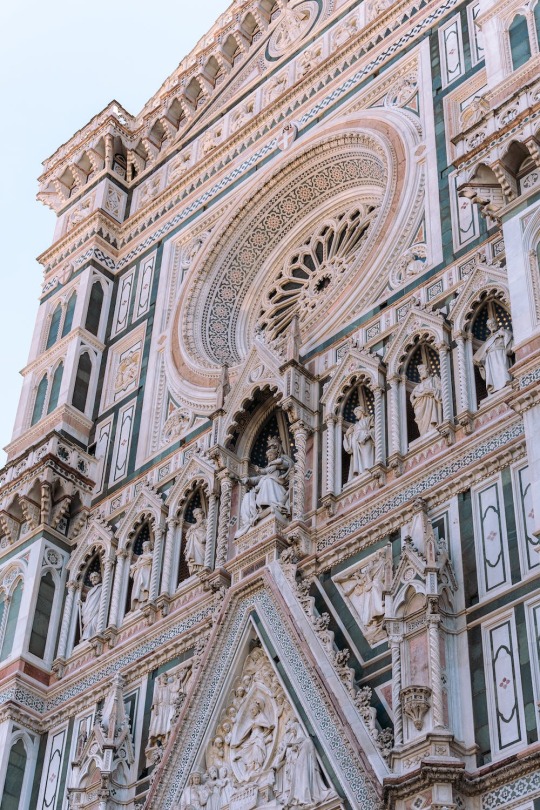
(Duomo di Firenze, Cattedrale di Santa Maria del Fiore, credits pic)
Its art, history and architecture are extraordinary. The Uffizi Gallery (Galleria degli Uffizi) is an absolute must if you love Renaissance. A great way to admire Botticelli, Raffaello, Michelangelo, Leonardo da Vinci and Tiziano's art, in one museum.
Moreover, you can walk around Cathedral Square (Piazza del Duomo), where you can see the Cathedral built by Brunelleschi, Giotto's Campanile and the Baptistery, and Piazza della Signoria, where you can find Palazzo Vecchio, David by Michelangelo and Loggia dei Lanzi, and admire their masterpieces for free. 🏛️
You could also visit the Boboli Gardens, where you can enjoy the Italian garden style, created by the Medici family, that became a model for many European courts.
And a night at the theatre could be a great idea for a date! At Teatro Verdi, for example, there's plenty of different shows!
Obviously, these are just some ideas.
By the way, if i have to be honest, i love Florence, and i always gaze in awe at the beauty of its monuments ...but it's also a little chaotic for my taste. Sooo, maybe for a romantic getaway I would choose something else. (It depends on what you like!)
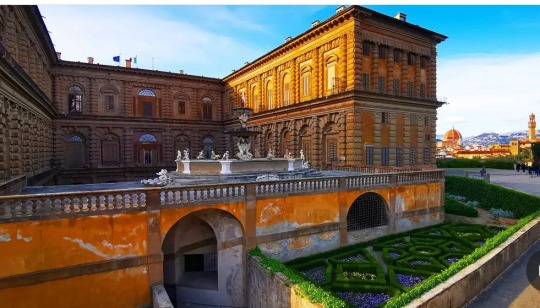
(Boboli Gardens, credits pic)
তততততততততততততততততততততততত
For something more adventurous, what about Grotta del Vento? It's a beautiful system of caves in the Apuan Alps (Garfagnana), with stalactites and stalagmites. Its karst environment is unique and fascinating. 🦇

(credits pic)
তততততততততততততততততততততততত
A Tuscanian city that I love is Lucca.
I adore walking along the old city walls (you can go there by bike too!): a panoramic walkway overlooking the city that conceals secret passages, hideaways and ramparts. Their secular trees make the view magic in every season. In autumn, foliage is beautiful! 🍂

(credits pic)
তততততততততততততততততততততততত
If you and your characters love the sea and the story is set in summer, you could take into consideration a mini cruise in the Tuscan Archipelago. In one or two days, you can explore some of its islands, like Giglio, Elba, Giannutri. Swimming there is beautiful. If you don't like the idea of spending time on a boat, the coasts of Monte Argentario are wonderful too! 🌊
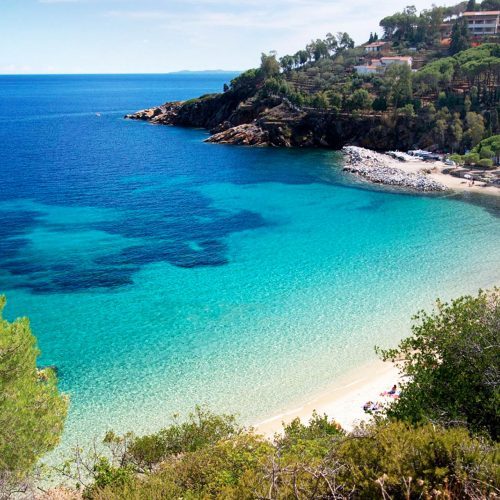
(Isola del Giglio, credits pic)
তততততততততততততততততততততততত
There could be less activities than in bigger cities, but I think you could also go for a romantic getaway in one (or more) of our hill towns. Great view, amazing food, and an enchanting experience! And it feels more intimate than in the main cities. Monteriggioni, Cortona, Pienza, San Gimignano, Volterra... The atmosphere is so poetic...And you can spend some time in the surrounding countryside, idyllic!
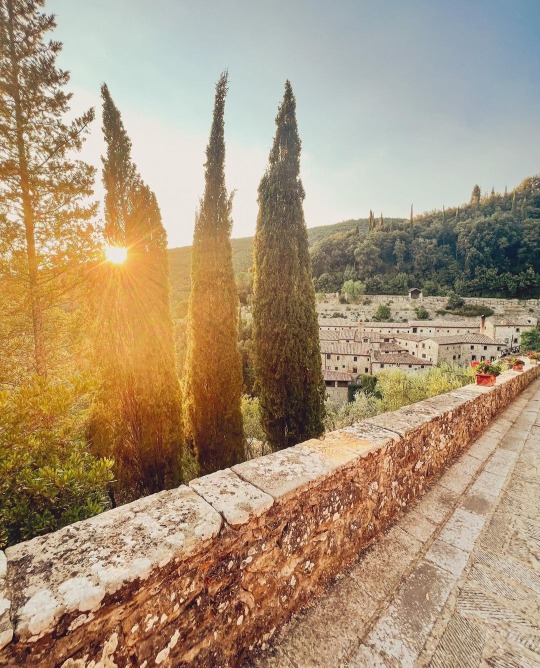
(Eremo Le Celle, Cortona, credits pic)
তততততততততততততততততততততততত
For a lovey-dovey day, you could write about a day at the thermal springs! There's plenty of thermal baths in Tuscany, and there are usually hotels and spas where you can have lunch, sleep, have a couples massage and enjoy the hot springs. Rapolano, Sassetta, Sorano, Montecatini,... In Tuscany you can find lots of thermal springs, so you could also have a day at the thermal baths and one in a nearby town.

(Terme di Sassetta, credits pic)
তততততততততততততততততততততততত
Wherever your characters go, I think food play a big role if you want them to enjoy their Tuscan trip to the full.
Pasta is always delicious. There are lots of different types of pasta, for example pici and pappardelle (long pasta), tortelli (filled pasta, the filling depending on where you are: for example in Maremma they are filled with ricotta and spinach, in Mugello they are filled with potatoes), topini (small lumps of dough made with potatoes, flour and eggs). Pasta is our first course, in Italy it's not served as a side dish for meat or fish.
(Warning: I'm going to talk about meat dishes. If this makes you uncomfortable, skip until 🌱)
Pasta may be served with ragù (Bolognese sauce, a meat-based sauce), ragù and aglione (aglione is a delicate type of garlic), melted butter and sage, mushrooms, or tomato sauce. 🍝

(Pappardelle al ragù, credits pic)
Before pasta, as an appetizer, you may have cured meats (salame, prosciutto, finocchiona, lardo di Colonnata,...), cheese (various types of pecorino), coccoli (lumps of fried dough) and crostini (slices of bread served with ragù, mushrooms, fegatini which is a sauce made of chicken liver, or other sauces...).

(Traditional Antipasto Toscano - Tuscan appetizers, credits pic)
I don't live by the sea, so i know meat dishes better 😅 As second course, a Bistecca alla Fiorentina or a Tagliata di Manzo (beefsteaks - rare is the perfect way to have them but i get it that it's not to everyone's taste) may be perfect. 🥩
(I also enjoy pizza so much, and you can eat it everywhere in Tuscany, but the foods i've written about are more traditional)
🌱
If your characters enjoy drinking, Tuscany is famous for its wines (like Chianti Classico, Morellino di Scansano, Vernaccia di San Gimignano, Brunello di Montalcino, Bolgheri Sassicaia). Desserts go well with vinsanto (a dessert wine). 🍷
For dessert, you might go for cantuccini (almond biscuits) with vinsanto (we dip them in the wine). If the story is set during Christmas holidays, ricciarelli (almond and sugar biscuits) and panforte (a dessert with almonds and candied fruits) are some of our traditional desserts.

(Cantuccini and vinsanto, credits pic)
You may have coffee after the dessert. And, after generous meals, ammazzacaffè (a small glass of liqueur) too. General recommendation for your characters (and for tourists visiting Italy): it's better not to ask for a cappuccino during lunch or dinner (please 🩷)!
তততততততততততততততততততততততত
I hope this is useful, sorry it took me some time, and please, let me know if i can help you somehow! Je suis si heureuse que tu es en train d'écrire une fanfiction qui se déroule en Toscane 🩷🩷🩷 Je te fais de gros bisous, bonne soirée et joyeuses Pâques 🌷🐰🐣
~ Claude ~
#tuscany#hopefully useful for writers?#what to do and what to eat in tuscany#writing#romantic getaway#toscana#Red! ♥️#thank you for your ask!#helping friends ♥️#helping writers ♥️#florence#lucca#thermal baths#food#grotta del vento#tuscan islands and beaches#hill towns#italy#ask box
16 notes
·
View notes
Text
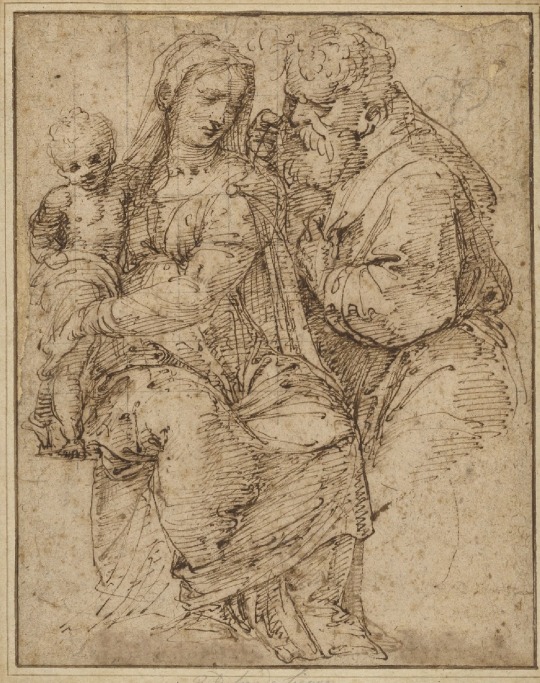
The Holy Family, 1515 circa, inchiostro bruno su carta

Design for an Altar, 1527 circa, inchiostro bruno su carta

Odysseus and the Daughters of Lycomedes, 1520 circa, inchiostro bruno, gesso nero e gouache bianca su carta
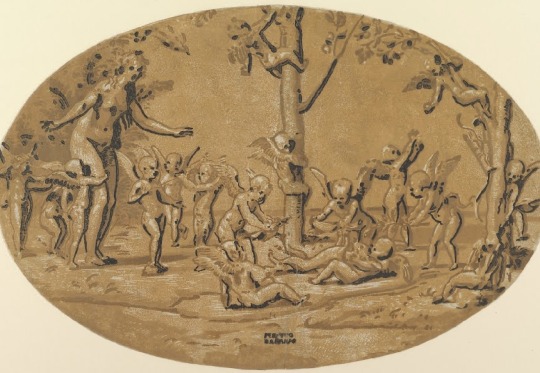
Venus at left in the company of cupids playing, xilografia
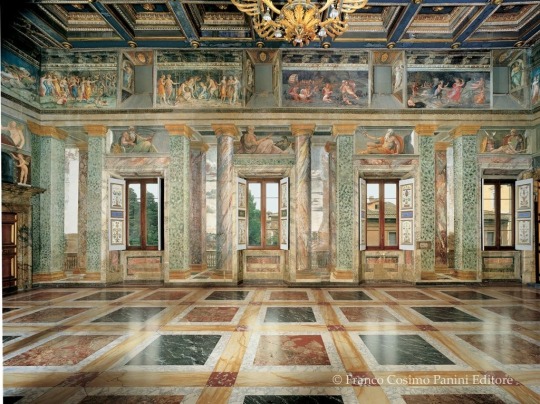
Affreschi nel Salone delle Prospettive, Villa Farnesina (Roma)
___________________________
Tommaso Baldassarre Peruzzi (🇮🇹 Italia, 1481 - 1536)
È stato un architetto, pittore e scenografo italiano. Impegnato in vari campi di attività, fu uno dei pochi che possiamo considerare un "uomo universale", al pari di figure come Raffaello e Michelangelo, capace di incidere sullo sviluppo delle arti in moltissimi settori.
Mentre i contemporanei lo consideravano uno dei maggiori artisti del secolo, dopo poco fu dimenticato, fino alla sua riscoperta nel Novecento. Risulta quindi difficile, a parte le opere maggiori, ottenere il quadro completo dei suoi lavori.
___________________________
(via @galleria-artistica)
#art#arte#pittura#painting#drawing#ink drawing#traditional art#figurative art#fine art#rinascimento#italy#italia#italian art#artists on tumblr#art history#museum#museo#artisti
3 notes
·
View notes
Text

Raffaello Sanzio, La Fornarina, 1516-17, dipinto su tavola, Roma, Palazzo Barberini, Galleria Nazionale d’Arte Antica
3 notes
·
View notes
Text

ALLORI, Alessandro Pittore italiano, scuola fiorentina (n. 1535, Firenze, m. 1607, Firenze) Ritratto di donna 1570-90 Olio su rame, 37 x 27 cm Galleria degli Uffizi, Firenze Ciò che ci colpisce in questo ritratto è il convincente compromesso tra la purezza formale acquisita dal Bronzino. La predilezione per le forme ingrandite tratte da Michelangelo e i modelli spaziali equilibrati e ritmici di Raffaello, perché Allori era un alchimista davvero abile nel combinare queste varie influenze in modo dignitoso. La donna ritratta è certamente Bianca Cappello, già dipinta da Allori in un affresco che ora è appeso nella Tribuna degli Uffizi. Sul retro del ritratto è una scena allegorica, il Sogno della vita umana.
0 notes
Text
Il dipinto del giorno: la Fornarina di Raffaello
Il dipinto del giorno che vi propongo oggi è la celeberrima Fornarina dipinta a olio su tavola da Raffaello, custodita nella Galleria Nazionale d’Arte Antica di Palazzo Barberini a Roma. Datata attorno al 1520, questo ritratto ha da sempre suscitato grande interesse e curiosità, tanto da diventare uno dei capolavori più iconici del Rinascimento italiano. Chi è la Fornarina? L’identità della…
#antonietta bandelloni#art#artblogger#arte#artinfluencer#beauty#bellezza#capolavoro#english#inartwetrust#life#love#masterpiece#Raffaello#rinascimento
0 notes
Text
Photography of the Day - Columns
This is a photo taken with a Nikon F90 film camera at the National Gallery of Modern and Contemporary Art (Galleria Nazionale d’Arte Moderna e Contemporanea) in Rome. Columns – Photo by Raffaello Palandri

View On WordPress
#Architectural Photography#Architecture#Columns#Film Photography#Galleria Nazionale d&039;Arte Moderna#Italia#Italy#photo#photo of the Day#photography#Photography of the day#POTD#Raffaello Palandri#Raffaello Palandri photography#Roma#Rome#travel
11 notes
·
View notes
Text





Mary and her Child or how Mary interacts with the feet of Christ and all the weight this carries between a woman and her God, and a mother and her son
Full paintings and credits under the cut (the details above are picture I took in person):

1. Raffaello Sanzio da Urbino (he/him); Madonna dell'Impannata; Oil on panel - 1511/1512; 160 x 126 cm. Pitti Palace, Florence, Italy. Image: Pitty Palace.

2. Pompeo Batoni (he/him); The Holy Family; Oil on canvas - 1760. Musei Capitolini, Rome, Italy. Image: WikiCommons.

3. Raffaello Sanzio da Urbino (he/him); Madonna and Child with Young St. John the Baptist or "Madonna of the Goldfinch"; Oil on wood panel - 1505/1506; 160 x 126 cm. Uffizi Gallery, Florence, Italy. Image: Uffizi Gallery.

4. Michelangelo Merisi (called Caravaggio) (he/him); Madonna dei Palafrenieri; Oil on canvas - 1605/1606; 292 x 211 cm. Galleria Borghese, Rome, Italy. Image: Galleria Borghese.

5. Jacopo Tintoretto (he/him); The Deposition of Christ; Oil on canvas - c. 1562; 227 x 294 cm. Gallerie dell'Accademia, Venice, Italy. Image: National Review.
#art#paintings#renaissance#mary and christ#my post#religion#visual#painting#idk what else to tag this as but i'm so glad i made this post bc i've been wanting to do it for so long#and i could make it longer sure but i'm good with this
0 notes
Text
Intervista impossibile a Rodolfo Siviero: quarta parte

Prima parte Seconda parte Terza parte DA UN SUCCESSO ALL'ALTRO ANCHE SE OSTEGGIATO DAL GOVERNO ITALIANO QUARTA PARTE

Il Capitano dei Monument men Keller, ricevuta la confidenza del Generale Karl Wolf, avvisò il mio ufficio e ci mettemmo alla ricerca. Quando vedemmo tutti quei capolavori il capitano si commosse fino alle lacrime, davanti a noi avevamo i dipinti dei più grandi artisti del Rinascimento: Michelangelo, Tiziano, Botticelli, Caravaggio, Lorenzo Lotto, Cranach, Rembrandth e Tintoretto. Il maltolto fu riportato a Firenze alla Galleria degli Uffizi. Quando arrivai in Piazza della Signoria fui ricevuto dalle autorità e dal Sindaco Mario Fabiani sull'arengario di Palazzo Vecchio fra gli squilli delle chiarine della Famiglia di Palazzo. Questo grande ritrovamento fu un successo enorme, ebbe ripercussioni sulla sua carriera? Avevo tutti i requisiti per essere promosso Direttore di quarto grado , ma per la mia adesione al passato regime, tutto si bloccava. Il mio ufficio romano si trovava in via degli Astalli numero 3 in palazzo Venezia. Vi affluiva tutto quello che veniva recuperato, prima di essere riportate ai musei dove erano state sottratte. Confesso una mia vanità. Mi facevo fotografare davanti alle opere. la mia squadra era formata da poche persone fidate, fra le quali emergeva per le sue innate capacità il mio più fidato collaboratore Vincenzo Colella. Nel 1949 riuscii a recuperare trentanove capolavori ceduti ai tedeschi durante il regime. Tra loro si trovava il già citato discobolo Lancelotti e altre opere di inestimabile valore. Tutto questo accrebbe la mia popolarità malgrado l'ostracismo della politica. negli anni seguenti in Palazzo Venezia, allestii una mostra dei capolavori rientrati in Italia. In seguito venne replicata a Firenze in Palazzo Vecchio. Riuscì in seguito a far riconoscere il suo lavoro dal governo italiano?

Rodolfo Siviero Con la mia abilità diplomatica, feci raggiungere un accordo fra l'Italia e la Germania per la restituzione dei capolavori asportati e ancora nelle loro mani. L'accordao fu firmato dal Canceliere Konrad Adenauer e il Presidente del Consiglio del governo italiano Alcide de Gasperi a Palazzo Chigi. Finalmente venne riconosciuto tutto quello che avervo fatto per l'arte italiana. Ebbi la nomina a Ministro Plenipotenziario e il mio ufficio passò dal Ministero dell'Istruzione a quello degli Affari Esteri. Purtroppo il Senato che doveva emanare il decreto per il finanziamento delle mie imprese bloccò tutto rinviando tutto per due anni, fermando di fatto l'attività del mio ufficio. Intanto le trattativie per la restituzione andarono avanti per sette anni. Purtroppo questa operazione rischiò di saltare per i miei atteggiamenti verso i tedeschi. Scientemente evitai di invitarli ad una mostra di capolavori recuperati ed esposti a Palazzo Borghese. Con questo ostracismo verso i tedeschi rischiai di far saltare l'accordo raggiunto anni prima. Cosa fece continuare con la loro collaborazione? Mi diedi una calmata e con l'accordo stipulato nel 1953, riuscii a riportare in Italia 40 opere. Ne mancavano ancora alcune centinaia fra le quali spiccavano autori come: Michelangelo, Mario Ricci, Tiziano, Raffaello e Canaletto, varie sculture greche romane, violini di Stradivari, mobili e manoscritti. Pertanto continuai le mie spedizioni nella Germania Democratica e in Russia. Ma riuscii a rintracciare solo alcune opere, così decisi di tornare nella Germania comunista. Andare nella Repubblica Democratica Tedesca era diventato complicato. era stato costruito un muro di confine, per reiterate fughe dei berlinesi all'ovest. Il muro sarebbe rimasto in piedi fino al 1989, quando fu distrutto da una folla festante. Oltre tutto venivo sorvegliato per tutto il mio soggiorno dalla polizia Stasi.

Alberto Chiarugi Read the full article
0 notes
Text
Animali

A snow storm, 1891 ca. | William Edward Stott (1855-1918, England)

Cavallo bianco (white horse), 1634-1638 | Diego Velázquez (1599-1660, España)

L’amazzone (Alice Regnault), 1878 (Galleria d'Arte Moderna, Milano) | Giovanni Boldini (1842-1931, Italia)

Le comte Alphonse de Toulouse-Lautrec, 1883 (Mead Art Museum at Amherst College, Amherst) | Henri de Toulouse-Lautrec (1864-1901, France)

Die katze (the cat), 1901 | Hans Thoma (1839-1924, Germany)

The races at Longchamp, 1866 (Art Institute Chicago) | Édouard Manet (1832-1883, France)
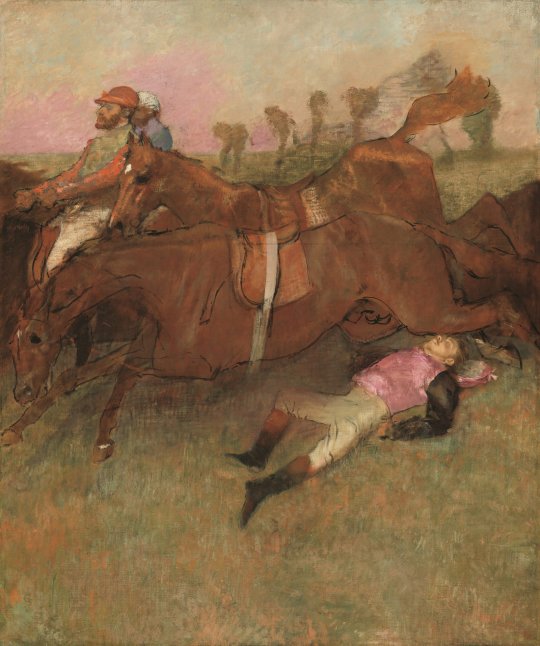
Course à obstacle; le jockey tombé (il fantino caduto), 1866 | Edgar Degas (1834-1917, France)

Pushkin in the village, 1899 | Valentin Serov (1865-1911, Russia)

Prospectus en russe pour la réouverture du cabaret Chat Noir, 1896 | Théophile Alexandre Steinlen (1859-1923, Switzerland)

Cocorico | Théophile Alexandre Steinlen (1859-1923, Switzerland)

Cortile in Banditella, 1895 ca. | Raffaello Gambogi (1874-1943, Italia)

Metzengerstein, 1884 - from Edgar Allan Poe's Tale | Hermann Vogel (1854-1921, Germany)
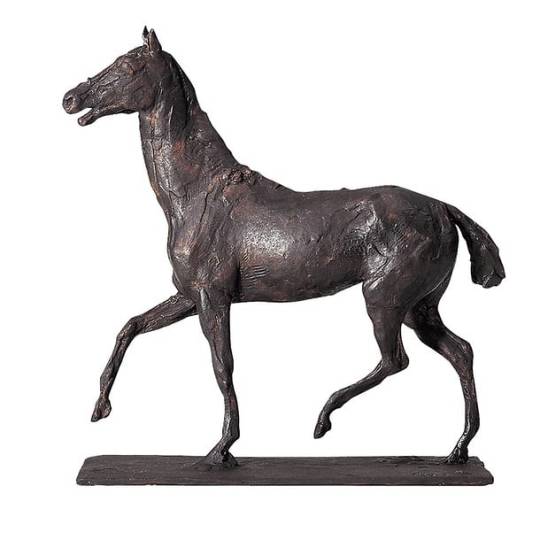
Cheval au pas | Edgar Degas (1834-1917, France)

Jokey | Henri de Toulouse-Lautrec (1864-1901, France)

La signorina Rita Tibolla, La signorina col cane (Lady with dog), 1904-05 | Giulio Ettore Erler (1876-1964, Italia)
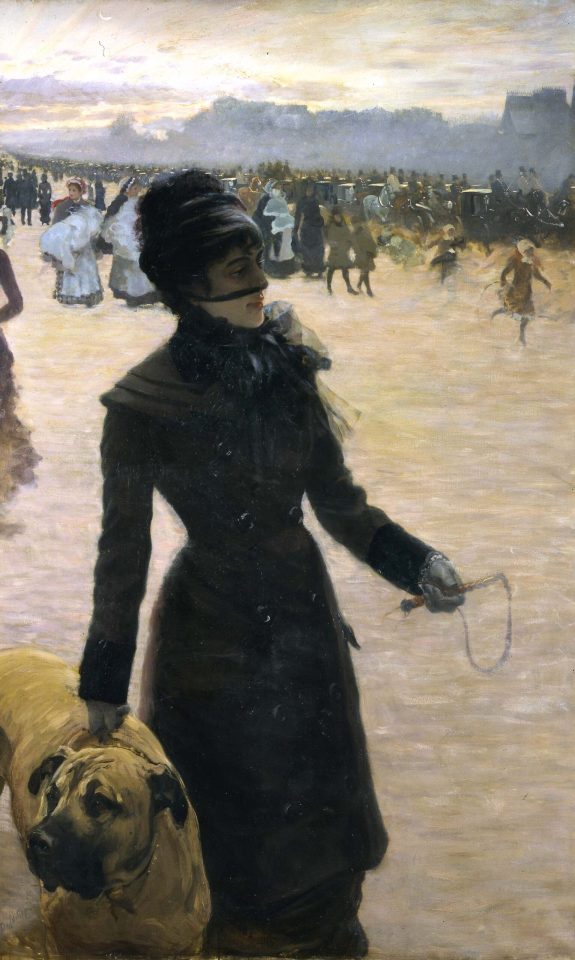
Signora con cane (Ritorno dalle corse) - Lady with dog (Return from racing), 1878 | Giuseppe De Nittis (1846-1884, Italia)

The Raven (Il Corvo), 1971 | David Inshaw (1943, England)

La Dama con l'ermellino, 1488-90 (Museo Czartoryski, Cracovia) | Leonardo da Vinci (1452-1519, Italia)

Elena di Montenegro (1873-1952, Montenegro), regina d'Italia (queen of Italy) | San Rossore, Tuscany, 1900 ca.

Il dromedario (The dromedary), 1870-75 | Giovanni Fattori (1825-1908, Italia)

Egon Schiele (1890-1918, Austria)
4 notes
·
View notes